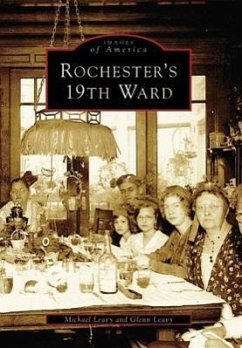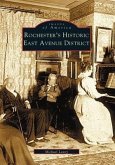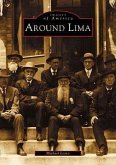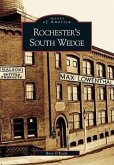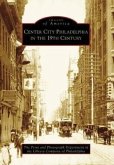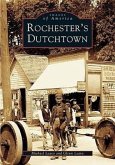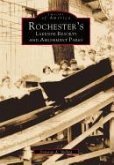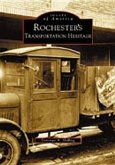Rochesteras 19th Ward portrays one of the cityas largest residential neighborhoods. The initial settlement, predating Rochester itself, was called Castle Town. It emerged around 1800 along the Genesee River, where boatmen poled flat-bottomed boats along a stretch of turbulence in the river known as the Rapids. Out of this desolate community developed a streetcar suburb, an elegant and vibrant neighborhood, designed for the modern 20th-century family. Fine homes, churches, shops, schools, and industries arose between 1900 and 1930, and the 19th Ward quickly became a prestigious address for doctors, professors, and skilled laborers.
Hinweis: Dieser Artikel kann nur an eine deutsche Lieferadresse ausgeliefert werden.
Hinweis: Dieser Artikel kann nur an eine deutsche Lieferadresse ausgeliefert werden.

